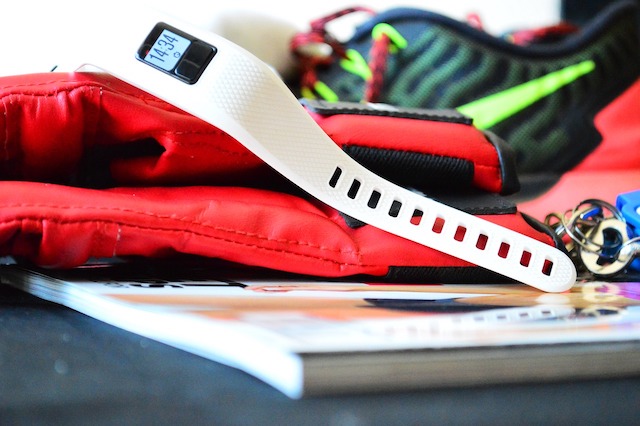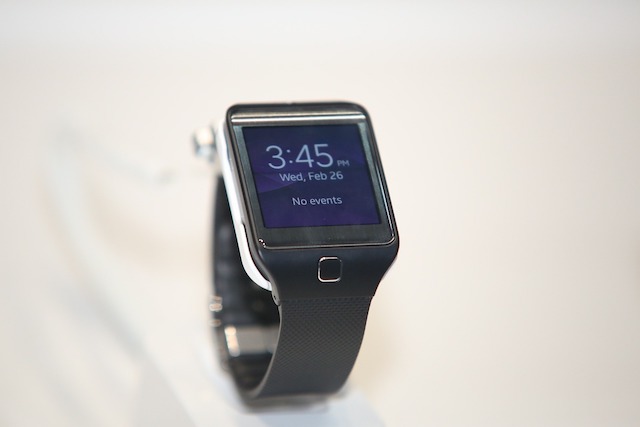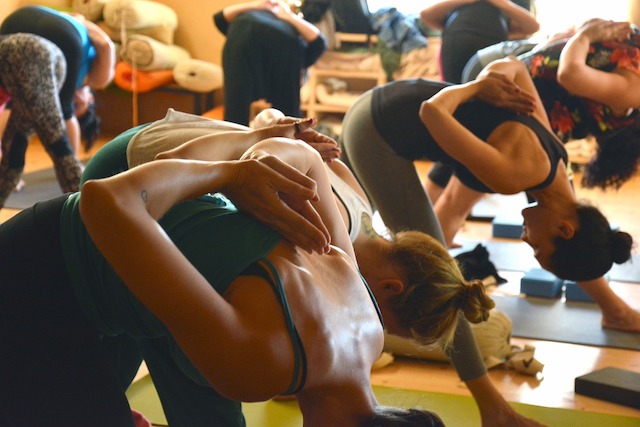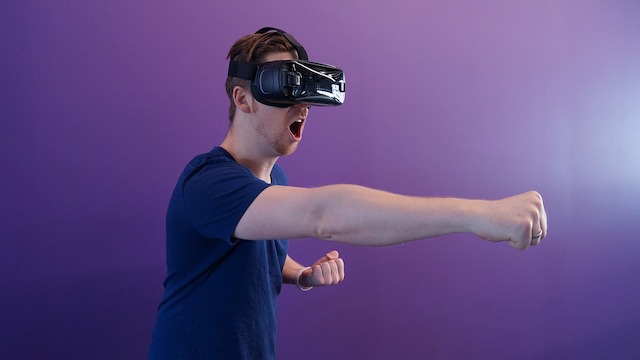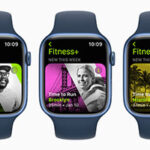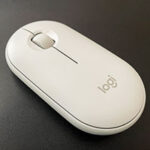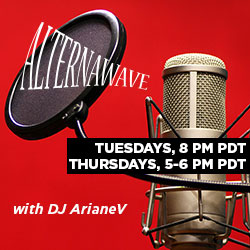Numerous advancements in digital technology over the years have led to increased access and convenience to various aspects of our lives — including fitness, health and wellness.
Today, constant innovations in wearable fitness technology have led to various styles of wearable devices for fitness tracking and wellness monitoring.
With wearable tech, users can seamlessly integrate health and fitness into their everyday attire. Of course, wearable tech is only one part of the puzzle.
In recent years, people have also invested in various home fitness devices and apps to help provide instant feedback during workouts and to support their overall wellness by improving performance and preventing injury.
In this feature, we’ll explore different ways that tech can support and enhance your fitness, health and wellness.
Wearable Tech For Fitness
As mentioned, wearable tech items have become increasingly popular as fitness tools. From counting your daily footsteps, monitoring your heart rate and body temperature to calculating how many calories you may have burned in a day, wearable tech such as smartwatches has become an essential fitness companion for the tech-savvy.
More functionalities are continually added as tech continues to improve. In a previous post, we discussed Apple Fitness+’s new fitness programs that include a curated series of workouts and meditations, and an audio library that syncs with popular running routes in several key cities.
As time passes, wearable technologies are working towards creating tailored and immersive digital fitness experiences to keep us both motivated and accountable.
Virtual Workshops
There are digital alternatives available for those that may not want to wear smartwatches or use fitness-tracking tools. Virtual workshops have become a solid hybrid for people who still enjoy the convenience of digital technology, albeit with a human touch.
Virtual workshops are also an excellent option for people who don’t have access to local gyms or studios. Thanks to digital technology and internet connectivity, finding a fitness workshop is as easy as searching “weight loss groups near me” in your browser.
Depending on your situation, you can either opt for in-person coaching or attend virtual workshops via Zoom meetings. Either way, you’re guaranteed access to expert coaching tailored to your lifestyle, as well as a like-minded community of people who share your fitness or wellness goals.
VR For Fitness Training
While virtual reality (VR) may count as a wearable technology, it differs in that it transports you to a simulated reality instead of seamlessly integrating into your physical environment.
Today, VR is used as an immersive and realistic approach to digital fitness, offering varied experiences from mountain climbing to simple workouts and martial arts training. Using a VR headset, users can easily indulge in virtual reality workouts without leaving the comfort of their home gym.
You can row boats along Parisian rivers or burst balloons to a lively beat using lightsaber-like bats without the risk of hurting yourself or those around you. For a more relaxed workout, VR fitness apps also offer guided meditation and stretching sessions in beautiful virtual landscapes like a windy mountaintop in Tibet or a glistening beach in Tahiti.
Digital Mental Health Technologies
Finally, health and wellness should also include your mental well-being. From AI-powered chatbots to virtual individual and group therapy sessions via video conference, it’s easy to gain access to mental health support via smartphones or laptops.
Virtual reality is even being used to help treat mental conditions such as anxiety, phobias and post-traumatic stress disorder. Today, digital mental health technologies include a range of products that can be used to provide information, support, or treatment for mental health.
This includes smartphones, smartwatches, or computer programs that can be used as standalone self-help tools or applied in conjunction with traditional mental health care for blended therapy.
